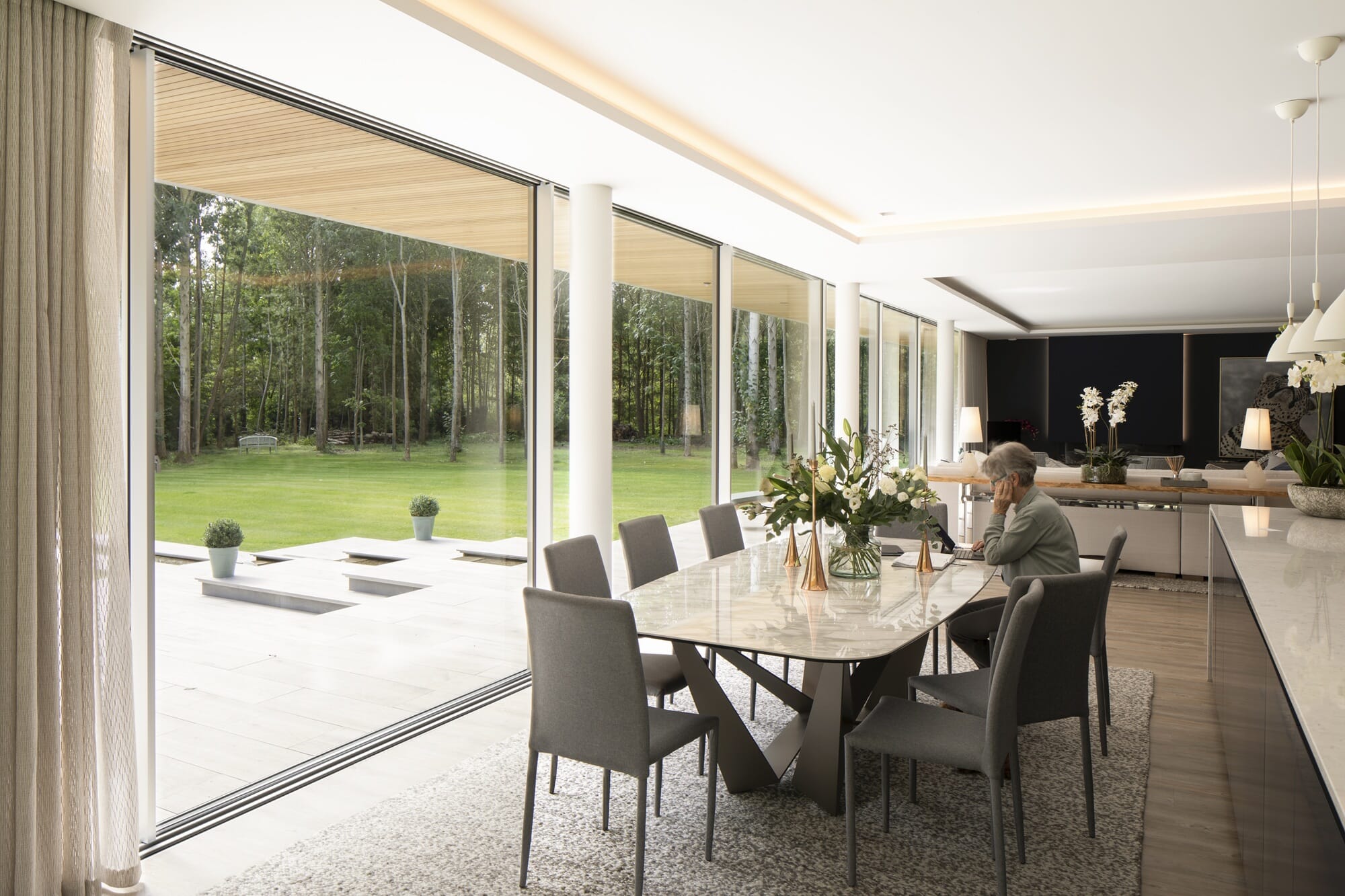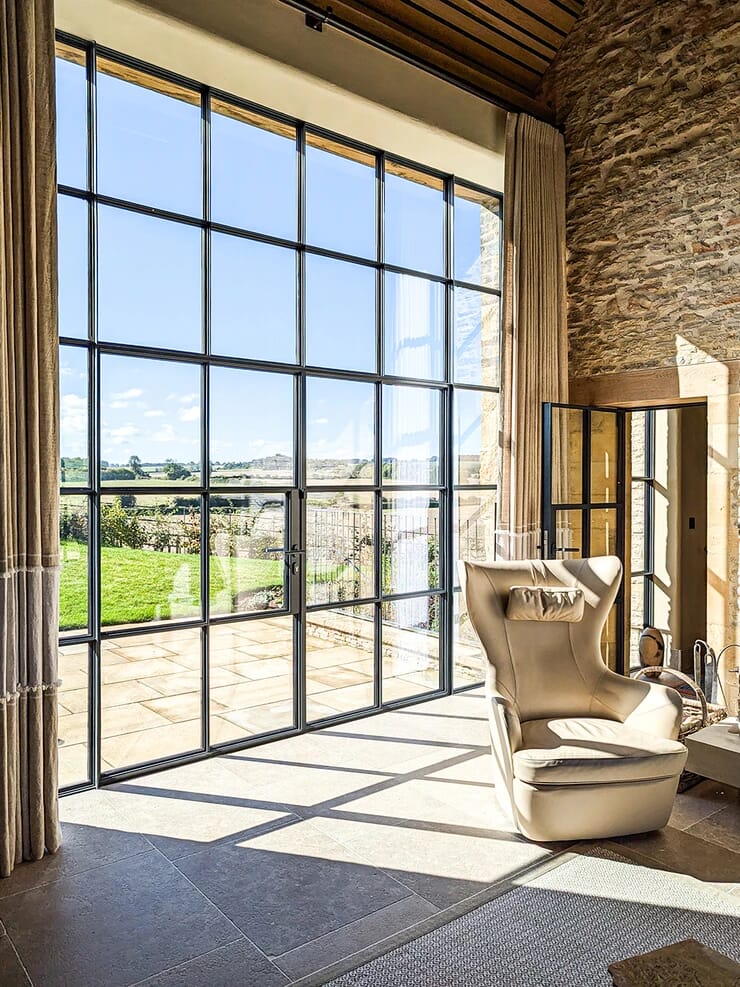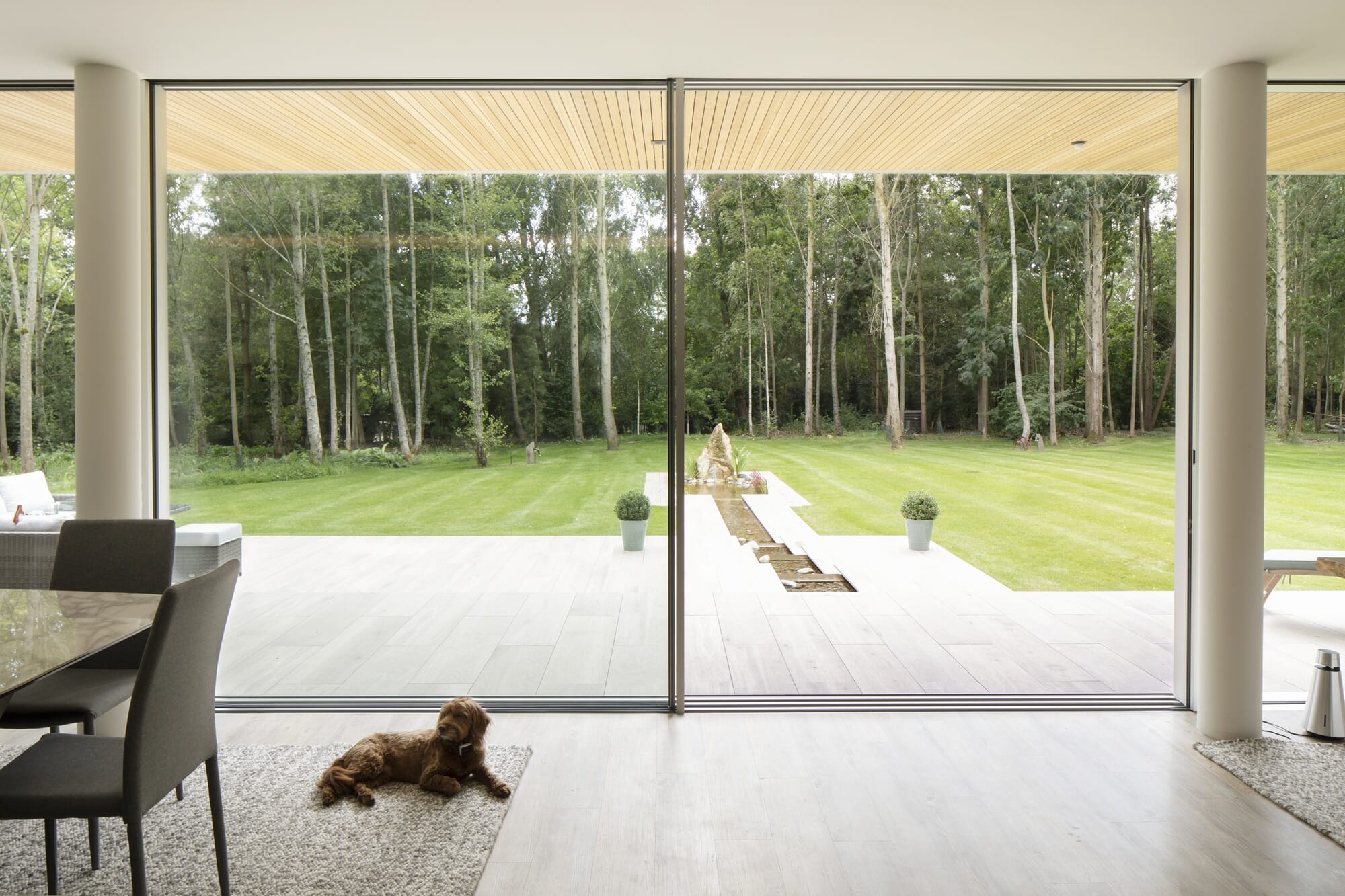
Know Your Numbers: a Guide to Calculating U-values in Windows
Understanding the U-Values of Windows
Understanding Energy Efficiency in Windows
When selecting energy-efficient windows and glazing for a building, whether it’s a residential home or a large commercial project, understanding energy efficiency is crucial. The ability of a window to retain heat in winter and prevent overheating in summer is measured by various metrics, with U-values in glazing being one of the most important. However, striking the right balance between insulation, solar gain, and light transmission is a complex equation that architects, energy assessors, and homeowners must carefully navigate.
What is a U-Value in windows?
A U-value measures the rate of heat transfer through a material. It’s expressed in watts per square metre Kelvin (W/m2K). In the case of windows, the lower the U-value, the better the insulation. This is important in both new builds and retrofits, as energy efficiency regulations are becoming increasingly stringent. There are 3 U-values in windows to consider:
- Ug (glass U-value) – Measures the insulation properties of the glass alone.
- Uf (frame U-value) – Represents the thermal performance of the window frame.
- Uw (overall window U-value) – The combined insulation value of the entire window, including the frame and glass. This is the figure that should be used to describe the U-value of windows (but is often misrepresented by the Ug value).
Current Building Regulations and U-Value in Windows Requirements
As of June 2022, UK Building Regulations Conservation of fuel and power: Approved Document L requires:
- L1A New Dwellings: Windows must achieve an average U-value of 1.6 W/m²K or better.
- L1B Existing Dwellings: Replacement windows must achieve a U-value of 1.4 W/m²K or better.
The 2022 changes to Approved Document L were part of a larger update to building regulations that aimed to improve energy efficiency. The changes were intended to help meet the Future Homes Standard, which is due to be introduced in 2025. The Future Homes Standard aims to reduce emissions from new homes by 75–80%.
Understanding The Figures
While a lower U-value means better insulation, it’s not the only factor to consider when choosing glazing. These additional values also play a role:
- g-value (solar gain) – Measures how much solar heat passes through the glass. A higher G-value means more heat is gained from sunlight, which can reduce heating bills in winter but may cause overheating in summer.
- LT-value (light transmission) – Determines how much visible light passes through the glazing. Glass type, coatings, thickness, and reflectivity can all influence the LT value.

Finding The Balance Between Insulation and Solar Gain
SAP (Standard Assessment Procedure) calculations are the method used by the UK government to calculate the energy efficiency of new homes, extensions, and some conversions.
Windows and glass doors can play a big part in the overall energy rating of a building. A high g-value can be beneficial, particularly in colder months when capturing solar energy can reduce heating costs. However, large expanses of glass, such as those found in modern architectural designs, must also comply with Part O of UK Building Regulations, which aims to prevent overheating.
This means architects and window manufacturers must carefully model different glazing configurations using SAP calculations to ensure compliance. It is critical in properties where there is a lot of glass to find a balance between achieving optimal insulation with an environment that is comfortable all year round.

The Trade-Off: Glazing vs. Insulation
One of the biggest decisions in energy-efficient design is where to allocate investment. The SAP rating of a building is directly correlated with how much insulation is required. If a home has high-performance triple-glazed windows, it may need less insulation in the walls, roof, or floors to meet energy efficiency standards.
So, to hit minimum U-value targets, a homeowner might have a choice – do they spend money on additional insulation, or invest in higher-performance triple glazing, thus reducing the need for extra insulation elsewhere?
This trade-off allows architects and homeowners flexibility in how they design energy-efficient buildings.
Advanced Glazing Solutions: Sky-Frame and MHB Steel Windows
At Cotswold Windows, we offer premium solutions to help balance insulation, solar control, and aesthetics:
- Sky-Frame Windows & Doors: Known for their ultra-slim frames and advanced glazing, these floor-to-ceiling frameless windows and doors can be an energy-efficient choice. Large expanses of glass can contribute to a better U-value due to the different thermal dynamics.
- MHB Steel Windows and Doors: Offering exceptional strength and slim sightlines, MHB steel frames have a patented thermal break and can be combined with high-performance glass to achieve compliance with the latest energy regulations.
Considerations for Large Glazing Installations
Large floor-to-ceiling windows and expansive glass doors are a popular architectural feature, but they introduce unique challenges. South-facing windows, for example, are fantastically bright and sunny but can cause excessive solar gain if not properly managed.
To mitigate overheating while maintaining high insulation values, solutions include:
- Solar glass coatings that reduce heat gain.
- Glass type (laminated or toughened glass) where applicable to comply with full height barrier/ fall from height safety regulations.
- Other measures such as external shades and automated blinds.
The Future of Window Energy Efficiency
As regulations continue to evolve, it’s likely that U-value requirements will become even stricter. Homeowners, developers, and architects should consider:
- Future-proofing by opting for higher-performance glazing.
- Exploring renewable energy trade-offs such as solar panels or heat pumps, which can offset insulation requirements.
- Working closely with energy assessors and glazing specialists to ensure compliance with both Part L (energy efficiency) and Part O (overheating control) of UK Building Regulations.
Choosing the Right Windows for Your Project
Whether you’re an architect, homeowner, or developer, knowing your U-values ensures you make the best choices for your property. At Cotswold Windows, we provide expert guidance and high-performance solutions, including Sky-Frame windows and doors and MHB steel windows and doors, to help you achieve both aesthetic and energy efficiency goals. Contact us for more advice and guidance.
